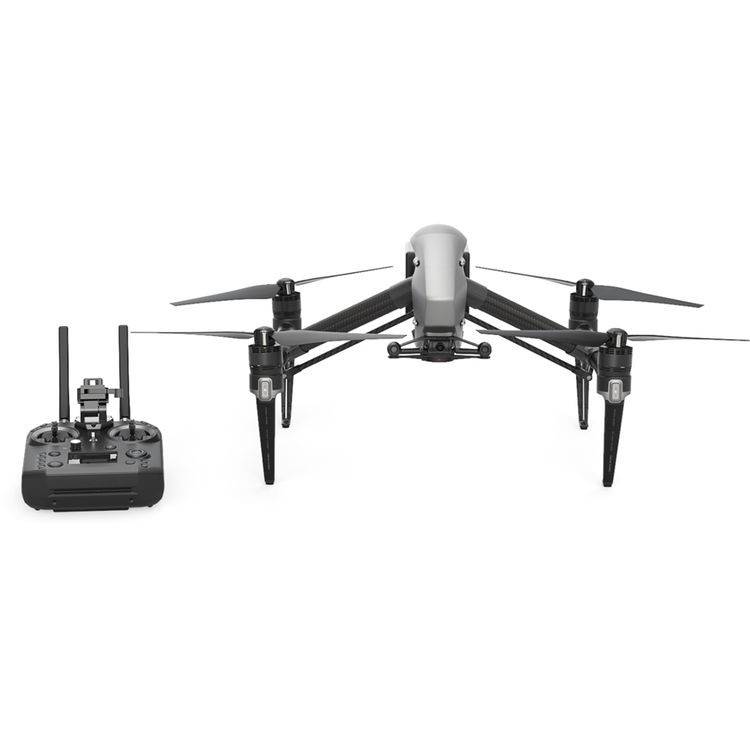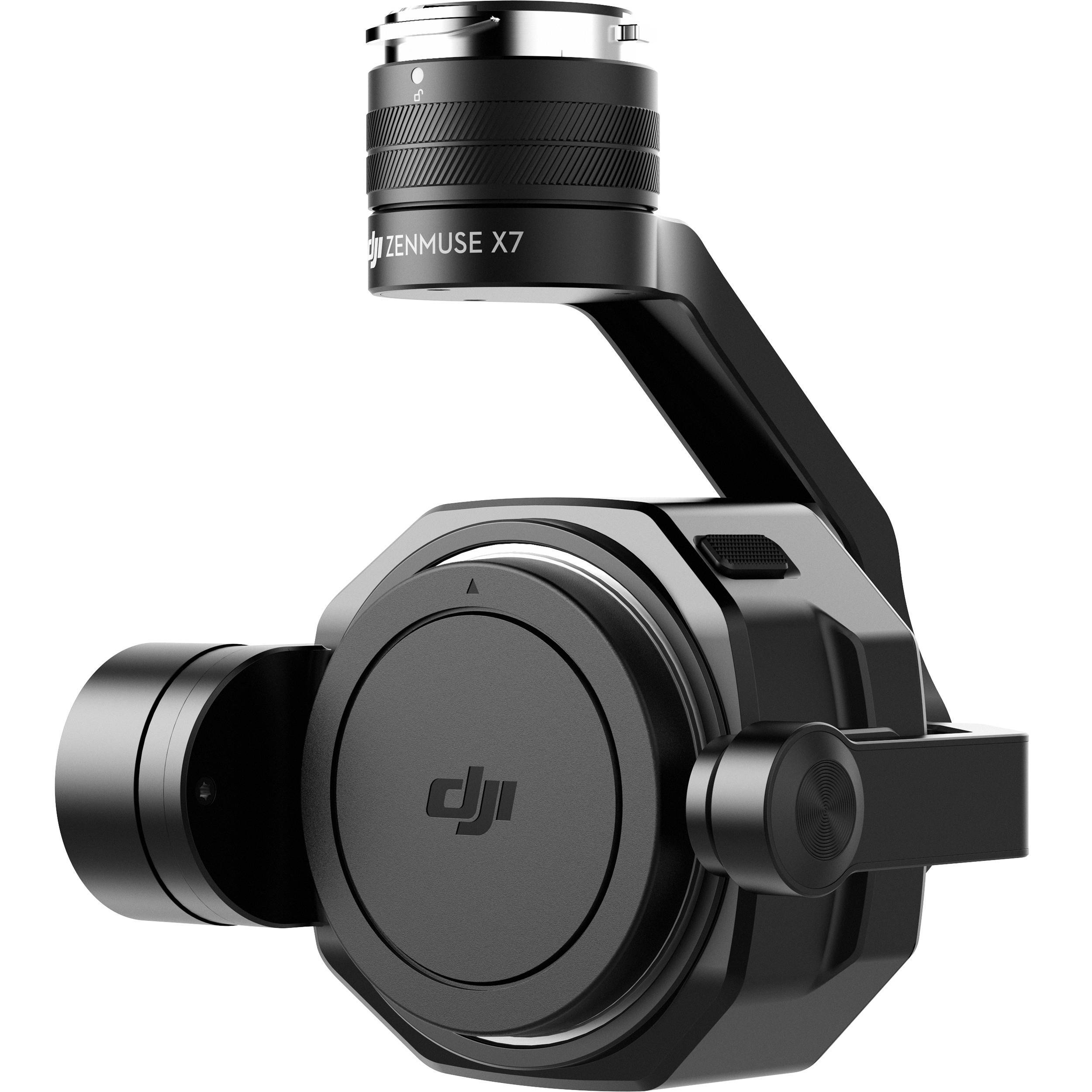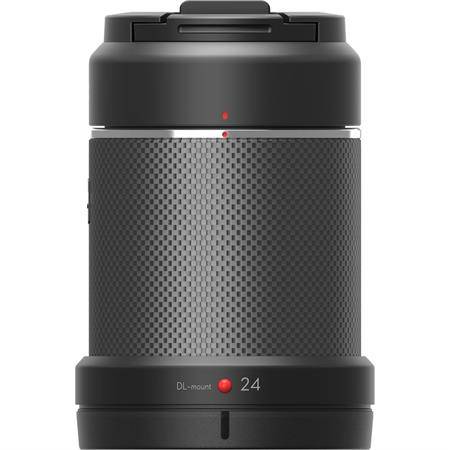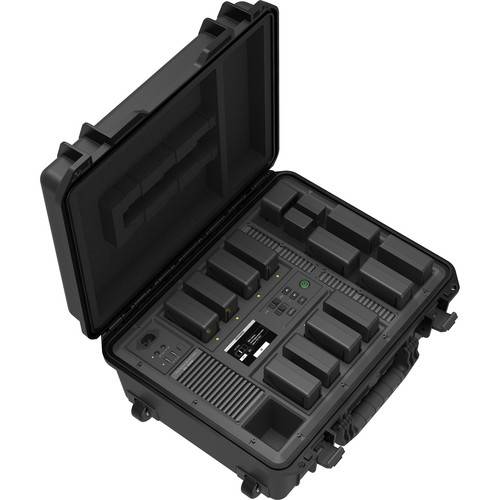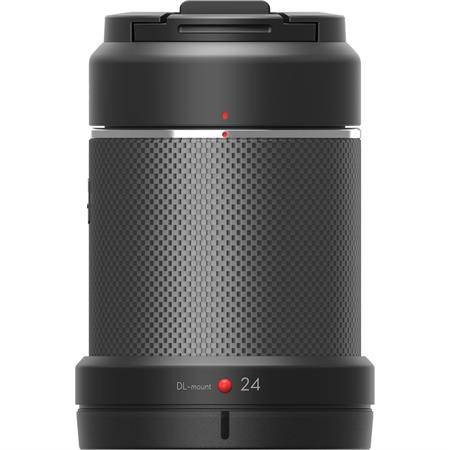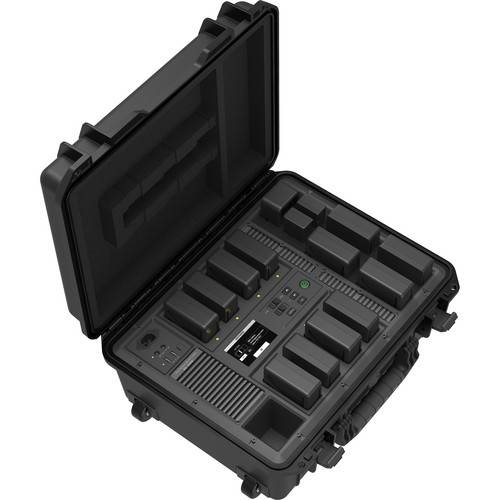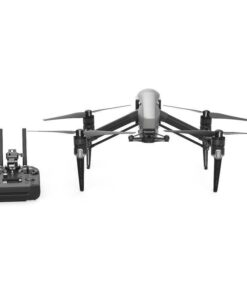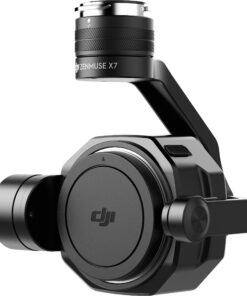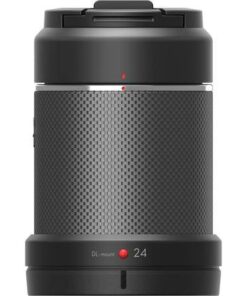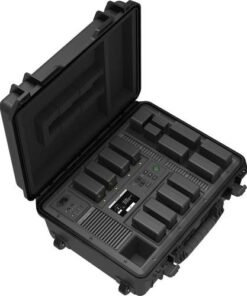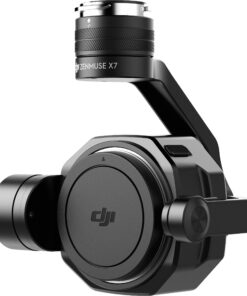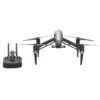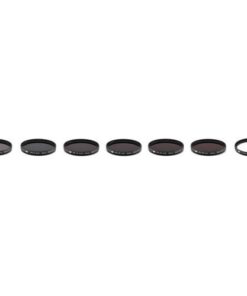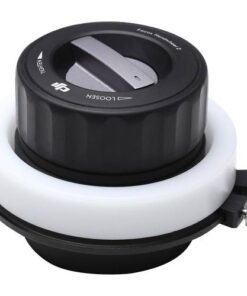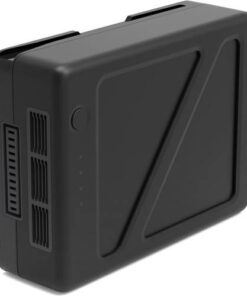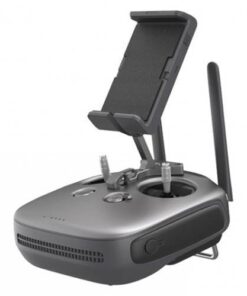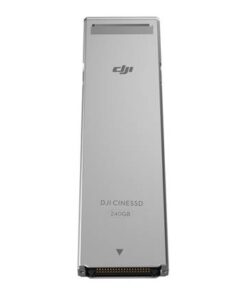DJI – Inspire 2 – Zenmuse X7 Standard Kit m/batteripakke
kr6,000.00
– DJI INspire 2 quadcopter drone
– Inspire 2 Remote controller
– DJI Zenmuse X7, 3-axis Gimbal
– DJI 24mm f/2.8 objektiv
– Kortleser CineSSD
– 480GB CineSSD
– Battery Station
– 6x TB50 Batterier
The Inspire 2 takes everything that was good about the Inspire 1 and improves it. The image processing system CineCore2.0 has been upgraded to CineCore2.1,recording video at up to 6K in CinemaDNG/RAW and 5.2K in Apple ProRes when used with Zenmuse X7 camera. It goes from 0 to 50 mph (80 kph) in just 5 seconds andhits a maximum speed of 58 mph (94 kph) and has a max descent speed of 9m/s for unheard of speed and agility in an aircraft this size. A dual battery systemprolongs the flight time to a maximum of 27 minutes (with an X4S), while self-heating technology allows it to fly even in low temperatures.FlightAutonomy has been revised and developed specifically for the Inspire 2, providing two directions of obstacle avoidance and sensor redundancy.Increased intelligence adds multiple intelligent flight modes, including Spotlight Pro, giving even single pilots the ability to create complex, dramatic shots.An upgraded video transmission system is now capable of dual signal frequency and dual channel, streaming video from an onboard FPVcamera and the main camera simultaneously, for better pilot and camera operator collaboration.
Advanced obstacle avoidance has also made its way to the Inspire 2. Built into DJI’s FlightAutonomy system, objects in front of, below, and above the quadcopter can be detected and avoided automatically. The Inspire 2 can even remember flight paths in case of an emergency return-to-home without GPS enabled. What’s more, using the onboard 2-axis stabilized FPV camera, the pilot can navigate the Inspire 2 without being limited to the gimbal camera’s field-of-view.
Forward and downward vision systems enable the Inspire 2 to detect obstacles up to 30 meters ahead, allowing for protected flight at up to 34 mph at a controllable attitude angle of 25°. Upward-facing infrared sensors scan obstacles 16′ above, adding protection when flying in enclosed spaces. Obstacle-sensing systems are active during normal flight, RTH, and all Intelligent Flight Modes.
Spotlight Pro is a powerful tracking mode that allows even single pilots to capture complex, dramatic images. It uses advanced, visual-tracking algorithms to lock onto a subject during flight, regardless of the direction that the Inspire 2 flies, creating shots that would once have required a dedicated camera operator. If the gimbal comes close to reaching its rotation limits, the Inspire 2 itself will rotate in the same direction without affecting flight control or the shot being captured to free up gimbal movement.Spotlight Pro has two shooting modes: Quick Mode and Composition Mode. In Quick Mode, select an object to begin tracking. In Composition Mode, select the subject and the tracking position. When the subject enters the preset tracking position, press the shortcut to begin tracking. The gimbal can be moved during shooting for composition adjustments. Spotlight Pro is available in all Intelligent Flight Modes including ActiveTrack, TapFly, Waypoint and Point of Interest.
The 2-axis onboard FPV camera separates the flight view from the main camera view, effectively giving the Inspire 2 a dedicated “tap-to-fly” camera. Tap a point onscreen in the FPV view to set a flight route and the Inspire 2 will automatically fly along that route, leaving the pilot to focus on gimbal movement.
The ActiveTrack Mode allows the Inspire 2 to recognize a range of objects, from people to bikes to cars to boats. Tracking profiles that can be adjusted based on the subject being tracked means greater tracking precision.
The Inspire 2 features DJI’s Lightbridge technology. This iteration has an effective transmission distance of up to 4.3 miles (under ideal conditions) and is capable of delivering both 1080p/720p video as well as the FPV view to pilot and camera operator. Users can also switch between 2.4 GHz and 5.8 GHz control frequencies to avoid interference for greater signal stability.Master and Slave setups are also supported. The master controller can transmit an HD video signal to the slave controller up to 300′ away without image quality loss.
Broadcasters can broadcast direct from the Inspire 2 using its dedicated 1080i50 and 720p60 transmission signal. Aerial live-streaming direct to TV is as simple as connecting the Inspire 2 transmitter to the satellite truck.
The propulsion system can thrust the Inspire 2 up to 58 mph and allows for descents at up to 29 feet-per-second and ascents at up to 19 feet-per-second. It can accelerate from 0 to 50 mph in just four seconds and flies at a max attitude angle of 40°. The two controller sticks on the transmitter are tuned for more sensitivity, making delicate maneuvers easier.
Dual batteries mean that, if a problem occurs on one battery, the other is able to continue flight long enough for a safe landing. At the same time, the Inspire 2 propulsion system is driven a PWM signal with serial port signal redundancy so that if PWM signals are lost, transmission will continue through the serial port.
Related products
Inspire 2
Inspire 2
Inspire 2
Inspire 2

